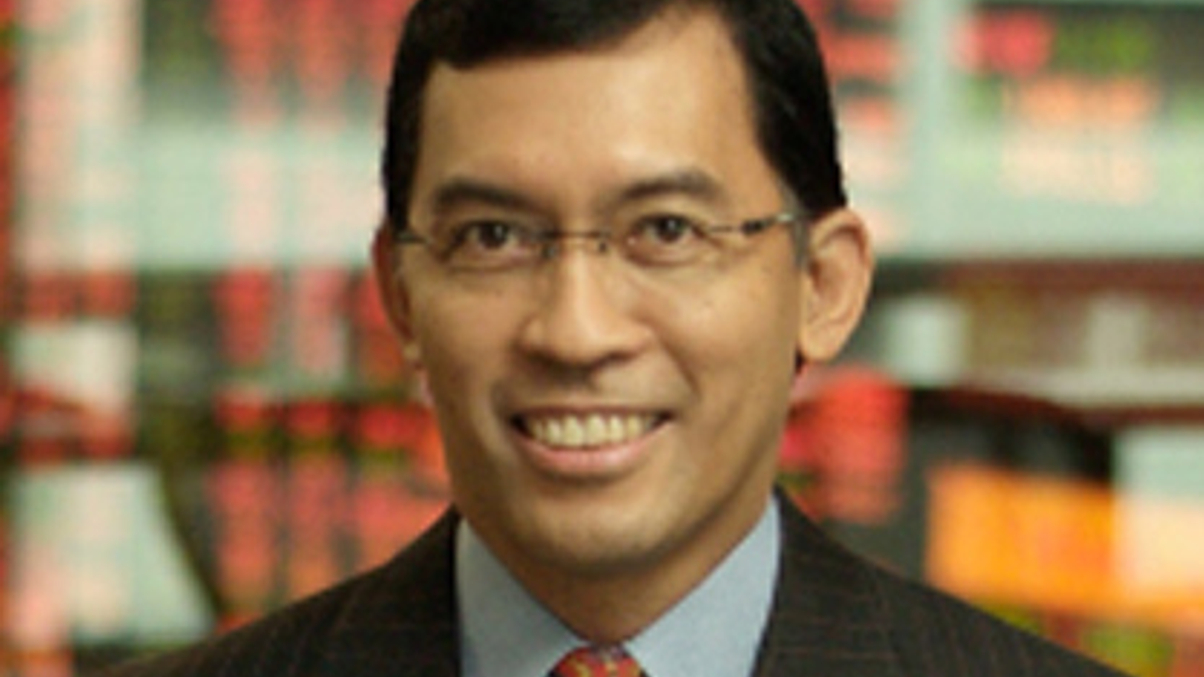Philippines may see ETFs and sec lending by Q3
The CEO of the Philippine Stock Exchange says the bourse is working closely with the securities regulator and seeing significant progress on various market developments.

Last year’s appointment of a new chairman at the Philippine securities regulator has led to swift progress on developing new products and services for the market, says Hans Sicat, chief executive of the stock exchange.
Sign in to read on!
Registered users get 2 free articles in 30 days.
Subscribers have full unlimited access to AsianInvestor
Not signed up? New users get 2 free articles per month, plus a 7-day unlimited free trial.
¬ Haymarket Media Limited. All rights reserved.


